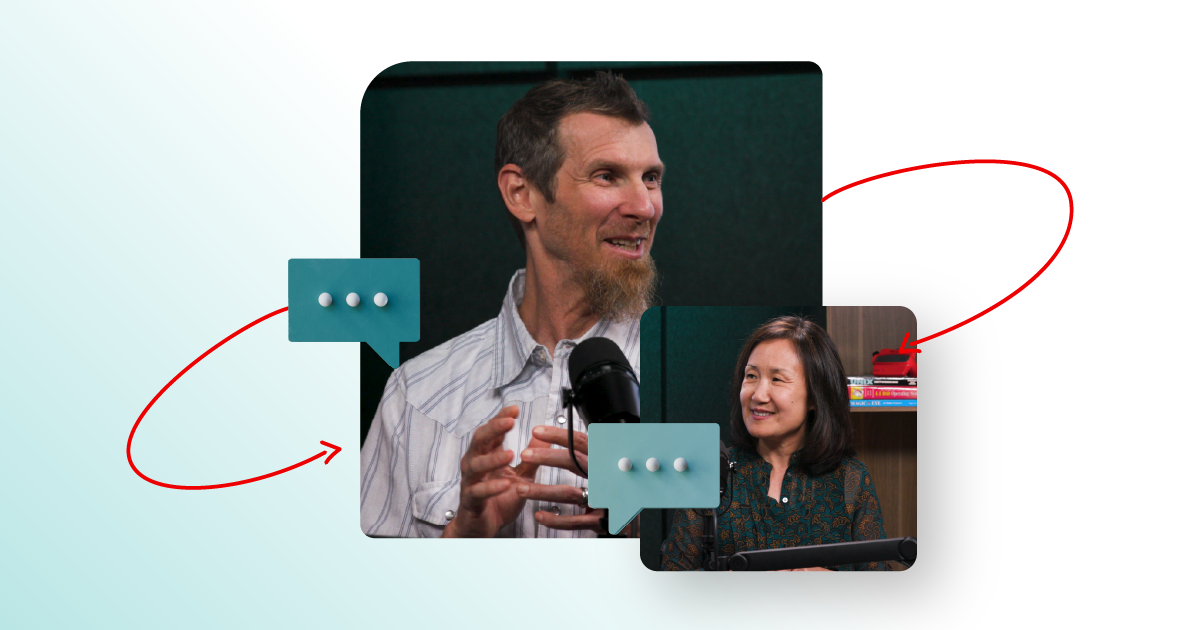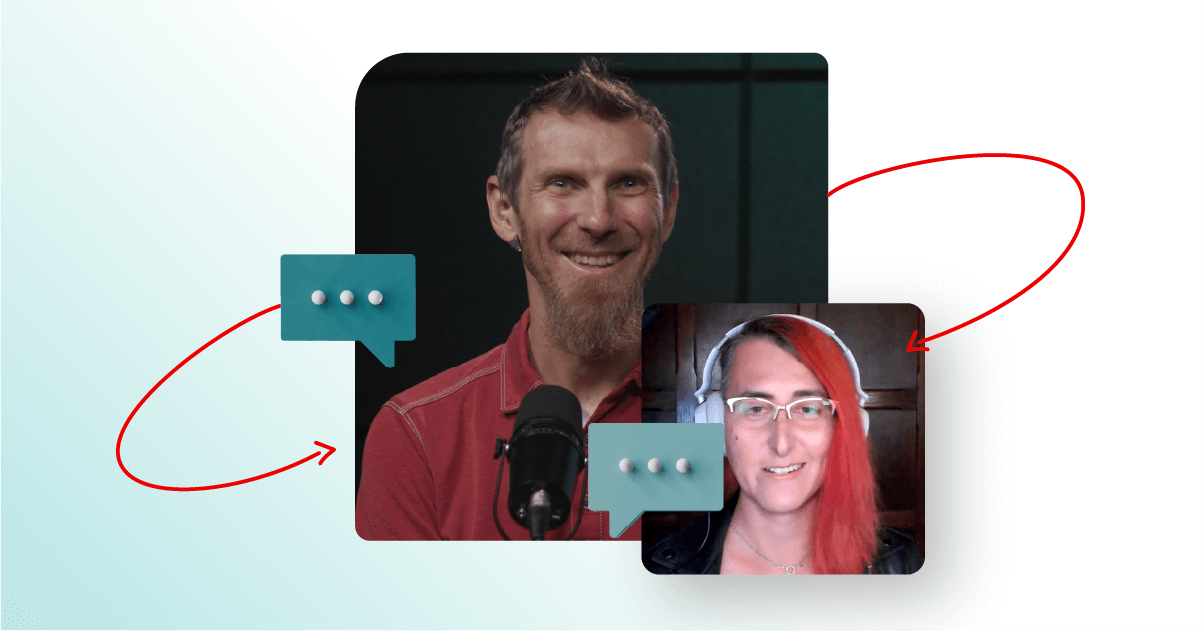
Pie In The Sky
Compiler • • Pie In The Sky | Compiler
Pie In The Sky | Compiler
About the episode
There is a lot of excitement around AI models, but can it meet the expectations set by blockbuster movies? What’s the current inflection point between what’s feasible and what’s not?
The Compiler team talks to both big dreamers and heavy adopters wading into the space, hearing their thoughts on how AI can help scale daunting work, fill in the gaps, and make the fantastic into reality.
Subscribe
Subscribe here:
Transcript
About the show
Compiler
Do you want to stay on top of tech, but find you’re short on time? Compiler presents perspectives, topics, and insights from the industry—free from jargon and judgment. We want to discover where technology is headed beyond the headlines, and create a place for new IT professionals to learn, grow, and thrive. If you are enjoying the show, let us know, and use #CompilerPodcast to share our episodes.



